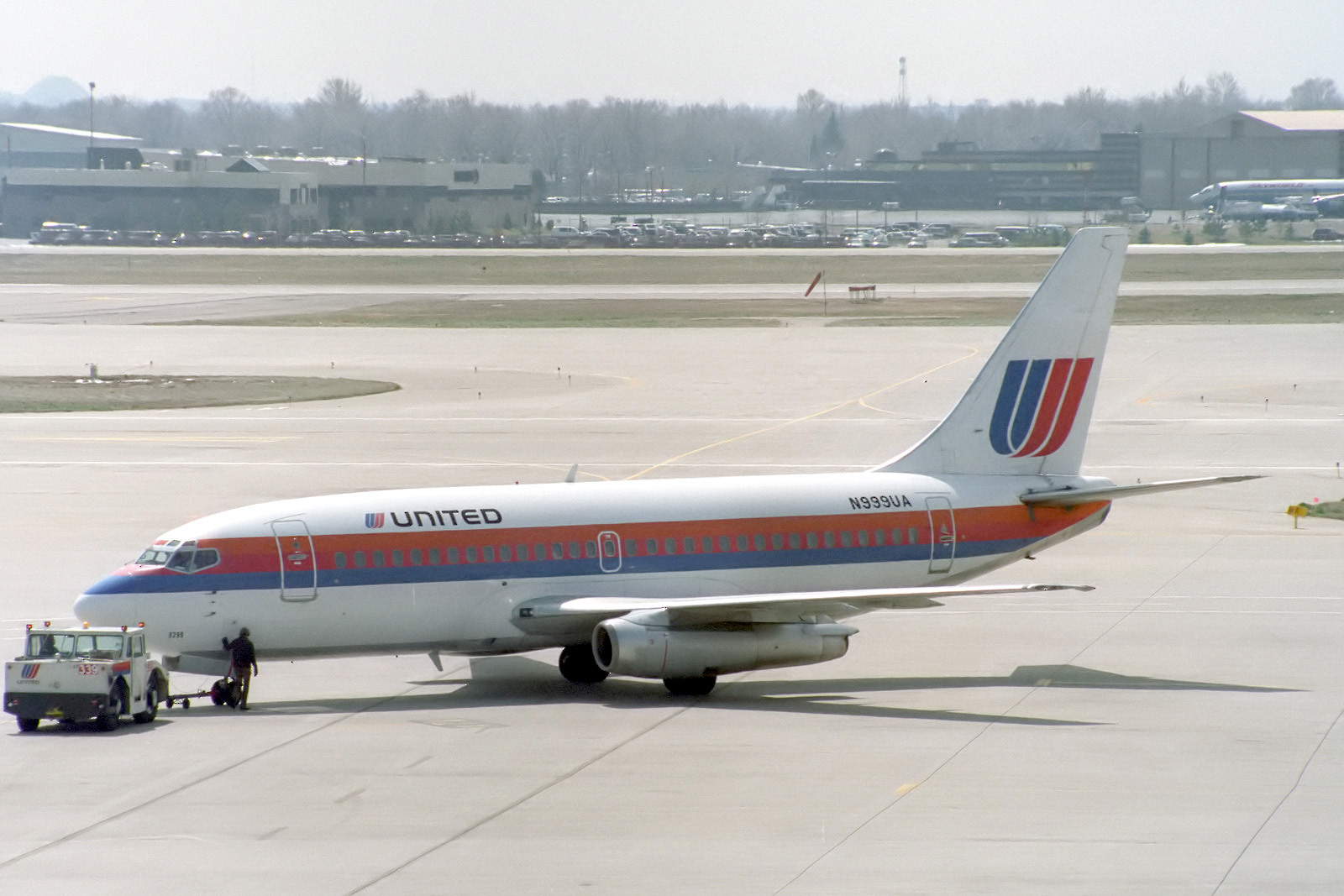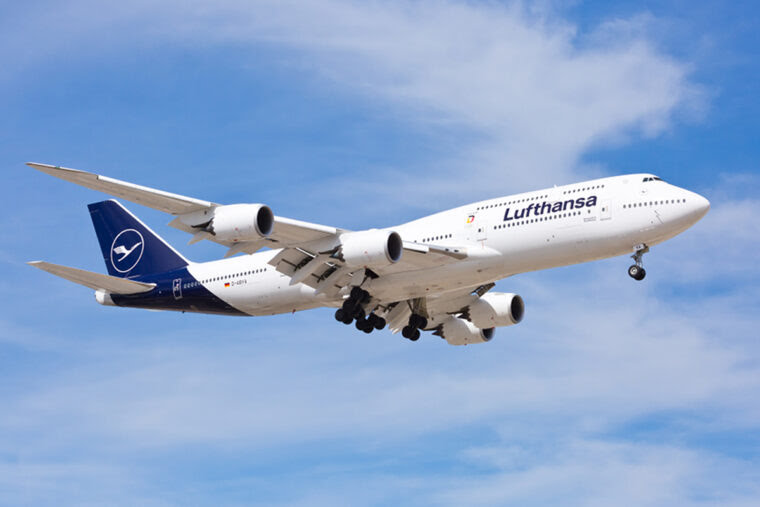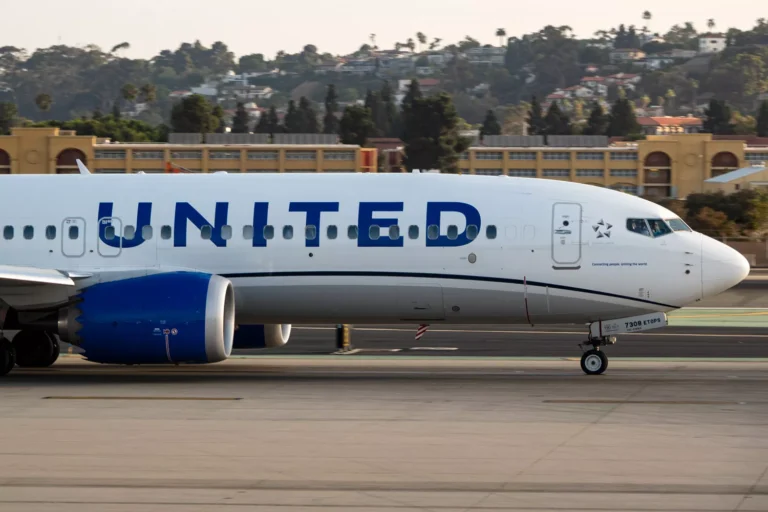“United Airlines Boeing 737 Crashes Near Colorado Springs Due to Rudder Malfunction, All on Board Lost”
United Airlines Boeing 737 Crashes Near Colorado Springs Due to Rudder Malfunction, All on Board Lost
A tragic aviation disaster struck near Colorado Springs when a United Airlines Boeing 737-291 plummeted into the ground during its approach to Colorado Springs Municipal Airport. The catastrophic crash resulted in the deaths of all 25 passengers and crew on board. Years of investigation eventually determined that a critical flaw in the aircraft’s rudder control system was the cause of the accident, leading to significant changes in aviation safety measures.
The Flight and the Crash
The United Airlines Boeing 737 was nearing the final stage of its journey, preparing for landing at Colorado Springs Municipal Airport. The weather conditions were calm, and there was no indication of distress from the crew until moments before the disaster.
Eyewitnesses on the ground reported seeing the aircraft suddenly roll sharply to the right, followed by a steep and uncontrollable descent. Within seconds, the plane impacted the ground at high speed, leaving no chance of survival for those on board. The wreckage was scattered across the crash site, and emergency responders could do little more than recover remains and document the devastating scene.
Investigation and Initial Theories
The National Transportation Safety Board (NTSB) immediately launched an investigation to determine what had caused the unexpected loss of control. Early theories ranged from severe turbulence to pilot error or mechanical failure. However, no immediate clues emerged from the flight data recorder or cockpit voice recorder that could explain why the aircraft had entered such a sudden and extreme dive.
The investigation faced numerous challenges due to the extent of the damage. There was no indication of a bomb or mid-air collision, ruling out external factors. Attention soon turned to the aircraft’s systems, particularly its rudder controls.
Discovery of the Rudder Malfunction
Over the course of the investigation, a disturbing pattern began to emerge. Analysis of previous aviation incidents involving the Boeing 737 revealed a series of unexplained rudder anomalies. Investigators suspected that a malfunction in the rudder control system might have caused the aircraft to roll uncontrollably, leading to the fatal dive.
The key finding was linked to a component called the power control unit (PCU), which regulated the aircraft’s rudder movement. Inside the PCU, a hydraulic valve was designed to direct fluid in a controlled manner to move the rudder left or right. However, under specific conditions, this valve could jam or move in the opposite direction of pilot input—a phenomenon later called rudder hardover or uncommanded rudder movement.
This malfunction meant that even though pilots attempted to correct the aircraft’s position, the rudder could remain stuck in an extreme position, effectively rolling the plane into an irrecoverable dive. Further research indicated that temperature changes and pressure within the hydraulic system could contribute to the failure.
Boeing 737 Rudder System: A Repeated Issue
The revelation of the rudder malfunction in this accident was alarming, but it was not the last time such an issue would occur. Several years later, in 1994, USAir Flight 427 crashed under similar circumstances near Pittsburgh, Pennsylvania, killing all 132 people on board. The similarities between the two crashes reinforced the theory that the Boeing 737’s rudder system had a serious design flaw.
The recurrence of such crashes led to one of the most extensive aviation investigations in history. It was confirmed that the Boeing 737’s rudder control system could, under rare circumstances, become locked or move in the opposite direction of pilot input, making recovery almost impossible.
Changes and Safety Measures Implemented
The identification of the rudder system failure led to major reforms in aviation safety. The NTSB, along with the Federal Aviation Administration (FAA), demanded significant modifications to the Boeing 737’s rudder control system. Boeing was required to redesign the power control unit (PCU) to eliminate the risk of jamming and unintended rudder movements.
Additionally, new training programs were introduced for pilots to recognize and respond to uncommanded rudder movements. Flight simulators were updated to include scenarios replicating rudder failures, ensuring that pilots could react appropriately if such an event occurred mid-flight.
Further, all Boeing 737 aircraft worldwide underwent rigorous inspections and retrofits to replace the faulty components, significantly reducing the likelihood of similar accidents in the future.
Impact on the Aviation Industry
The crash near Colorado Springs became a landmark case in aviation safety, shaping new protocols for aircraft design, maintenance, and pilot training. It also highlighted the importance of long-term investigations in uncovering hidden mechanical flaws that could otherwise remain undetected.
For the families of the victims, the tragedy was devastating, but the eventual resolution brought some measure of understanding and accountability. The changes implemented in response to the crash ensured that air travel became even safer, preventing similar accidents from occurring in the future.
The United Airlines Boeing 737 crash near Colorado Springs was a heartbreaking event that took 25 lives, but it ultimately led to crucial advancements in aviation safety. The discovery of the rudder control system flaw prompted sweeping changes in aircraft design and pilot training, ensuring that future flights would be safer for passengers worldwide.
While the memory of those lost will never fade, their legacy lives on in the improved safety measures that continue to protect air travelers today. The aviation industry remains committed to learning from past incidents to prevent future tragedies, reinforcing the principle that every lesson learned in aviation safety helps save lives.






